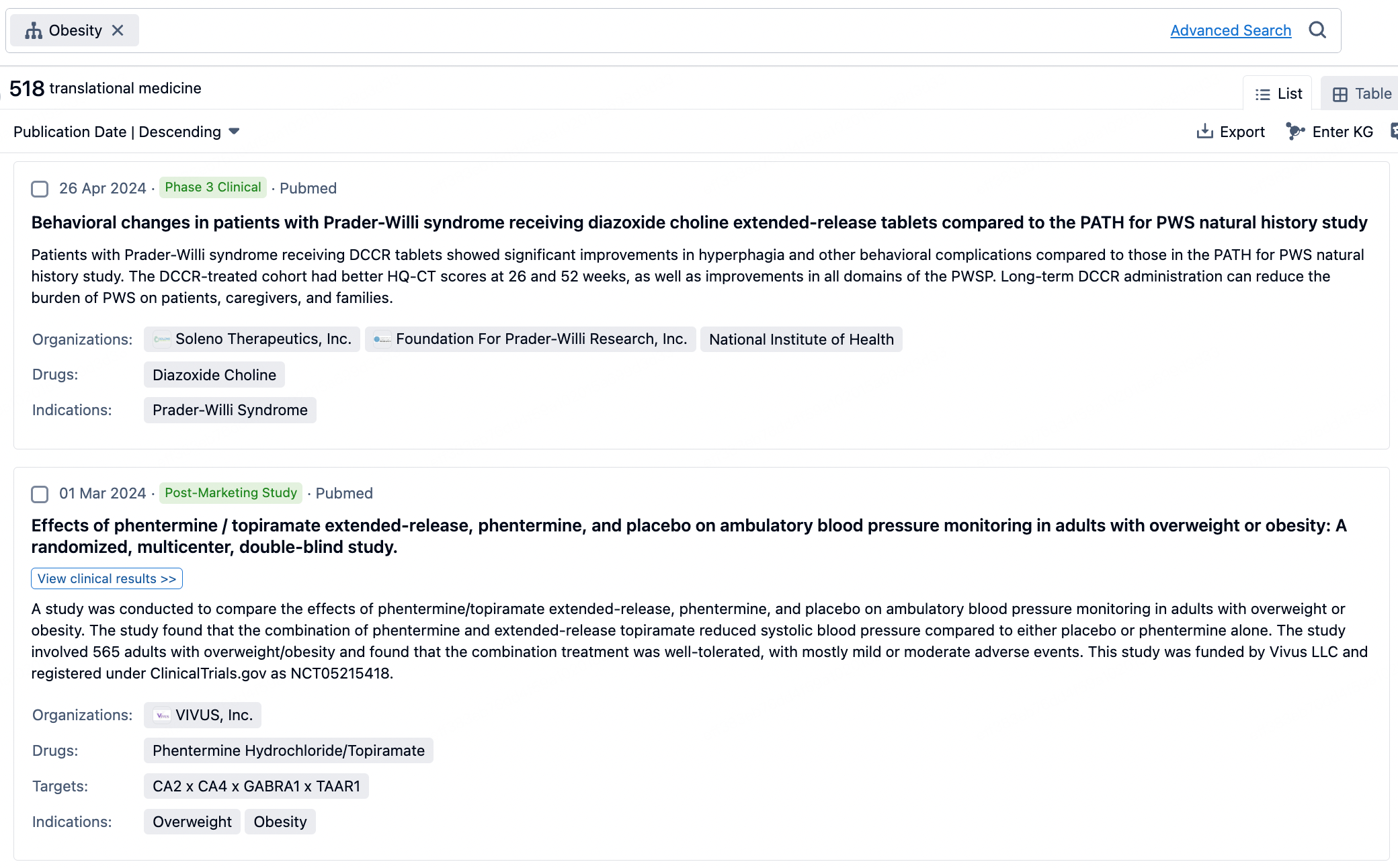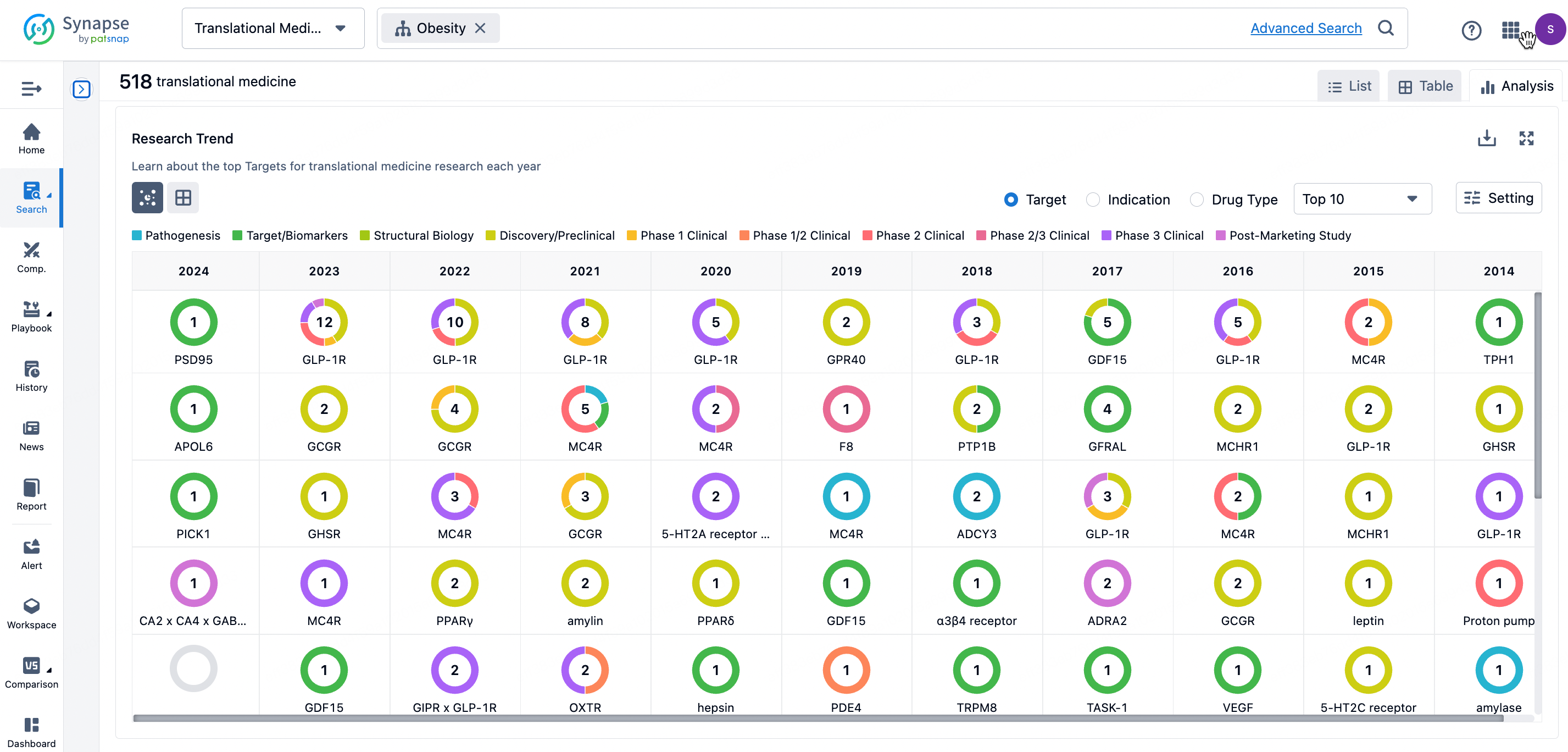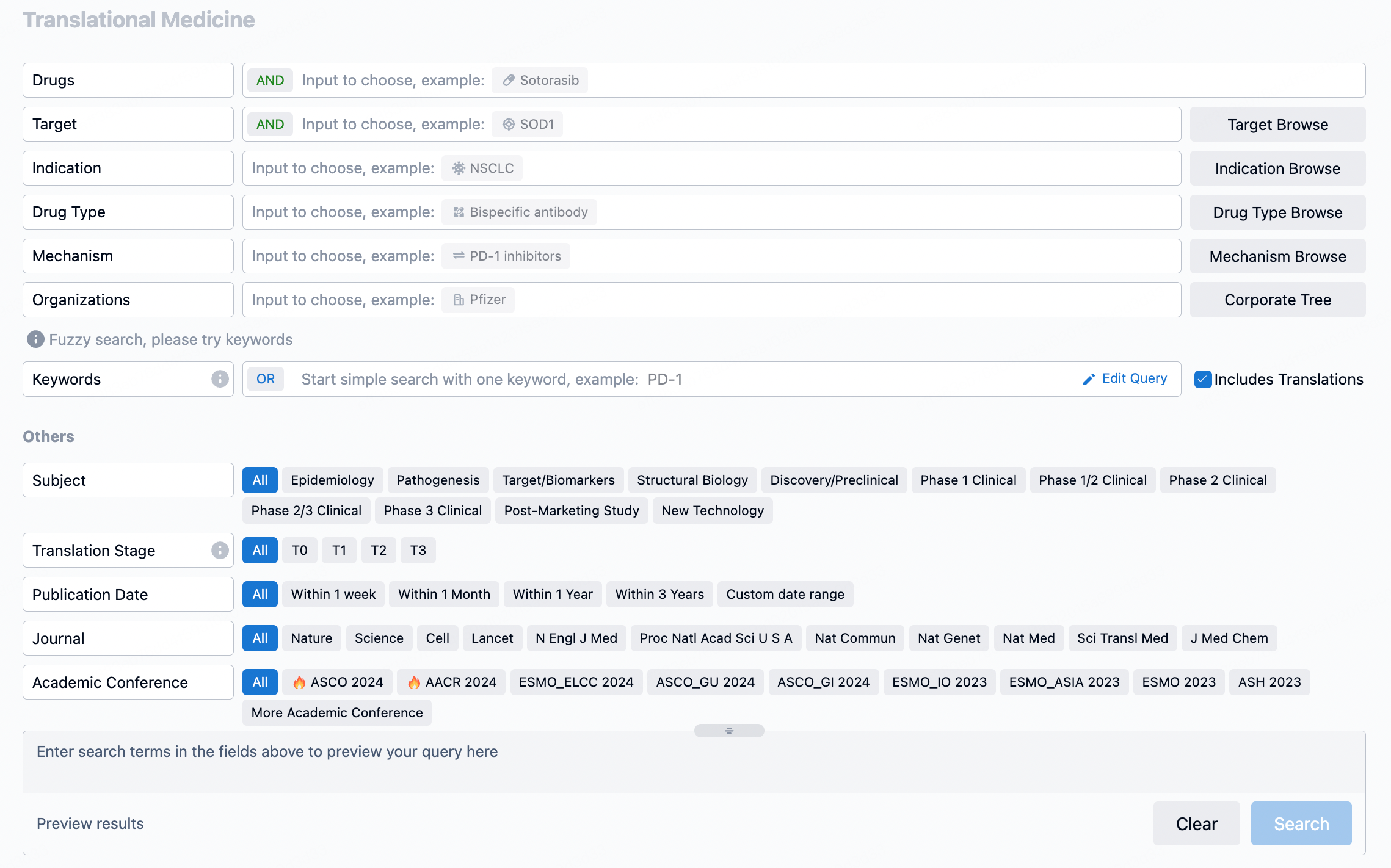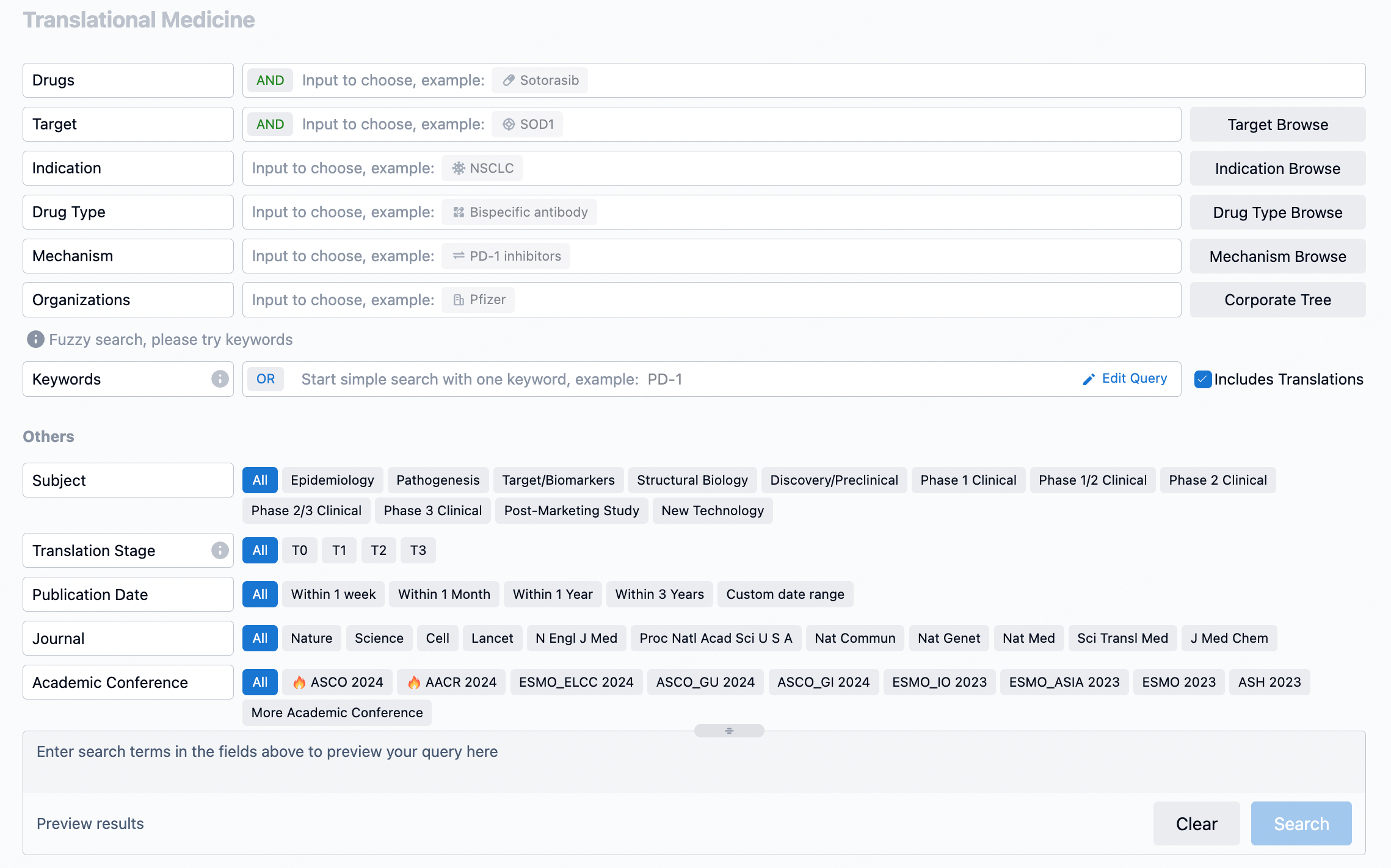SR8541A: A Potent ENPP1 Inhibitor Driving Dendritic Cell-Mediated Antitumor Responses
The study evaluated SR-8541A's binding to ENPP1 using a thermal shift assay and its inhibition of ENPP1 enzymatic activity with TMP or ATP substrates in cell-free or cell-based assays. The impact of SR-8541A on the STING pathway was assessed through RT-PCR, western blots, immune infiltration with PBMCs, and MSD ELISA assays. ENPP1 CRISPR knockout cells were utilized to verify SR-8541A's on-target activity. Pharmacokinetics, stability, and selectivity were also examined.
SR-8541A demonstrated a strong binding affinity for ENPP1 with an IC50 of 1.4 nM and induced STING pathway activation, evidenced by increased gene expression of IFNβ, ISG15, and CXCL10. The treatment led to a rise in secreted type 1 interferon and cytokines. Immune infiltration assays revealed that SR-8541A promotes immune cell migration into cancer spheroids, with dendritic cells playing a critical role in this process. NK cells require dendritic cells to infiltrate treated cancer spheroids. The knockout cell models confirmed that SR-8541A's effects are dependent on ENPP1. The compound was stable in liver microsomes and S9 fractions and showed good oral bioavailability in rodents, with ongoing tumor efficacy studies.
In conclusion, SR-8541A is a potent ENPP1 inhibitor with a robust immune response in 3D spheroid models. The findings, along with its physiochemical properties and tumor model data, suggest that SR-8541A is a promising candidate for clinical investigation.
How to Use Synapse Database to Search and Analyze Translational Medicine Data?
The transational medicine section of the Synapse database supports searches based on fields such as drug, target, and indication, covering the T0-T3 stages of translation. Additionally, it offers a historical conference search function as well as filtering options, view modes, translation services, and highlights summaries, providing you with a unique search experience.
Taking obesity as an example, select "obesity" under the indication category and click search to enter the Translational Medicine results list page. By clicking on the title, you can directly navigate to the original page.

By clicking the analysis button, you can observe that GLP-1R treatment for obesity has gained significant attention over the past three years, with preclinical research still ongoing in 2023. Additionally, there are emerging potential targets, such as GDF15, among others.

Click on the image below to go directly to the Translational Medicine search interface.

